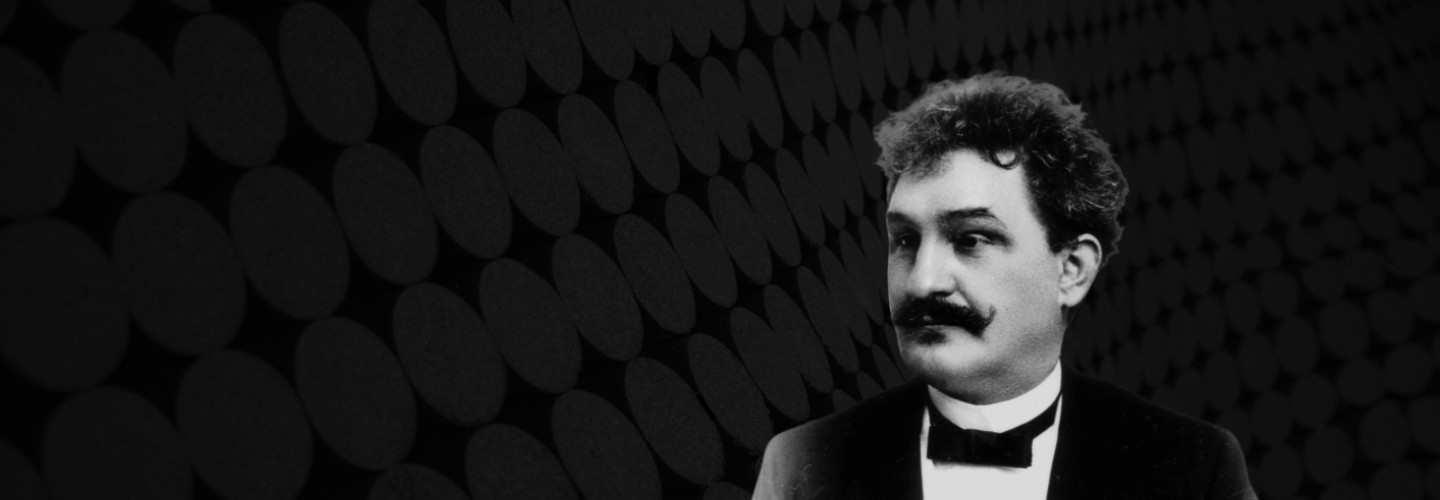
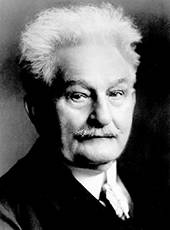
Leoš Janáček
The Cunning Little Vixen
Short instrumentation: 4 3 3 3 - 4 3 3 1 - timp, perc(2), hp, cel, str
Duration: 110'
Interpretationshinweise von: Sir Charles Mackerras
Übersetzer: Norman Tucker, Max Brod
Herausgeber: Jiří Zahrádka
Textvorlage: Rudolf Tesnohlidek
Klavierauszug von: Bretislav Bakala
Libretto von: Leoš Janáček
Choir: Hens, Forest creatures, women's chorus (SA)
Voice of the Forest, mixed chorus (SAATTBB)
Fox Cubs, children's choir
Blue Dragonfly, Midges, Apparition of the Vixen as a girl, ballet
Roles:
Gamekeeper
baritone
Gamekeeper's wife (Owl)
alto
Schoolmaster (Mosquito)
tenor
Parson (Badger)
bass
Harašta
a poultry dealer
bass
Pásek
an innkeeper
chorus tenor
Mrs Pásek
his wife
chorus soprano
Pepík
the Gamekeeper's grandson
chorus soprano
Frantík
his friend
chorus soprano
Young Vixen Bystouška
child soprano
Vixen Bystouška
soprano
Fox
soprano
Cricket
Grasshopper
Young Frog
children's voices (soprano)
Lapák
a dog
mezzo-soprano
Cock (Jay)
soprano
Chocholka
a hen
soprano
Woodpecker
alto
Squirrels
Hedgehog
a Young Vixen
Forest Creatures
silent roles
Instrumentation details:
1st flute
2nd flute
3rd flute (+2nd picc)
4th flute (+1st picc)
1st oboe
2nd oboe
cor anglais
1st clarinet in Bb
2nd clarinet in Bb
bass clarinet in Bb
1st bassoon
2nd bassoon
3rd bassoon (+cbsn)
1st horn in F
2nd horn in F
3rd horn in F
4th horn in F
1st trumpet in F (+tpt(C))
2nd trumpet in F (+tpt(C))
3rd trumpet in F (+tpt(C))
1st trombone
2nd trombone
3rd trombone
tuba
timpani
percussion(2)
harp
celesta
violin I
violin II
viola
violoncello
contrabass
Janácek - Das schlaue Füchslein
Printed/Digital
Translation, reprints and more
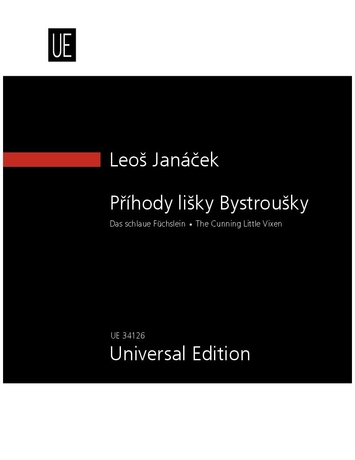
Leoš Janáček
Das schlaue FüchsleinType: Studienpartitur
Language: Deutsch | Englisch | Tschechisch
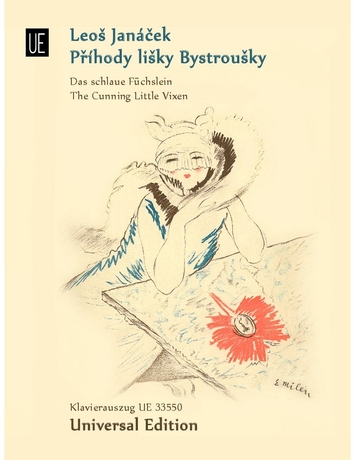
Leoš Janáček
Janáček: The Cunning Little VixenType: Klavierauszug
Language: Deutsch | Englisch | Tschechisch
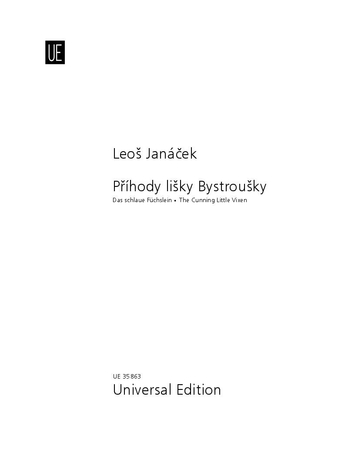
Leoš Janáček
Janácek: The Cunning Little VixenType: Dirigierpartitur
Language: Deutsch | Englisch | Tschechisch
Binding: Hardcover
Work introduction
This edition of Das schlaue Füchslein (The Cunning Little Vixen) has been made by comparing all the relevant surviving sources and establishing a version of the work that comes nearest to the composer’s intention.
The new edition, which was edited by Jiří Zahrádka, is thus based above all on of the version given at the premiere in Brno in 1924, including František Neumann’s (the conductor) fully elaborated, detailed dynamics. In cases where several minor changes in the Prague version appear to be justified, they were considered in the new edition. The New Critical Edition of the opera includes the full score, the complete orchestra material, as well as the piano vocal score and choir score.
The tale of the free-thinking and crafty vixen Bystrouška goes back to the 1890s. In the beginning were the tiny sketches of the painter and forester Stanislav Lolek (1873–1936), a distinguished landscape artist. The story of Bystrouška was serialized in Lidové noviny from 7 April to 23 June 1920 and had a huge success. The merry and immediately accessible drawings with a witty and topical text found a readership throughout the entire social spectrum. It is certainly true that Janáček began considering composing an opera on this theme since he acquired cuttings of all the episodes in Lidové noviny. And in fact, as soon as Janáček completed the work on Katja Kabanowa he immediately started on Das schlaue Füchslein. The dates on the autograph show that he began composition as early as January 1922. The author of the literary model Těsnohlídek got the news only indirectly that Janáček wanted to compose an opera on his text. The composer himself invited him to come and see him at the time when he was already working on the opera.
Meanwhile Janáček composed, and started out on his study of nature to a whole series of bird notations – of thrushes, sparrows, finches and blackbirds. He wrote down notations for doves, a little toad, and a frog with the instrumental comment ‘like a xylophone’. He also noticed animals and took down in his notebook his impressions of walks in the game reserve, where the forester even tracked down a vixen’s den with young so that the composer could observe and study them. No wonder that several of Janáček’s newspaper reviews in Lidové noviny in the years 1921– 1922 had animal motifs.
Meanwhile frantic negotiations broke out over who would publish the composer’s latest work. As in the case of Jenůfa, Die Ausflüge des Herrn Brouček and Katja Kabanowa, interest was shown essentially by two publishers: Hudební matice in Prague and Universal Edition in Vienna. The first to approach the composer was Hudební matice, but, as before, Janáček used this offer rather as a tactic to firm up his dealings with Universal Edition. The contract with Universal Edition was signed between March and April 1924.
The celebrated world premiere of the opera Příhody lišky Bystroušky (Die Abenteuer des Füchsleins Schlaukopf) took place in the Brno theatre Na Hradbách on 6 November 1924. The reception was tremendous and the composer himself was happy with the staging by Ota Zítek and the set design by Eduard Milén (who also designed the cover of the piano vocal score).
The composer himself characterized the opera as a forest idyll, one that would awaken the notion of the unity of life – both human and animal.
